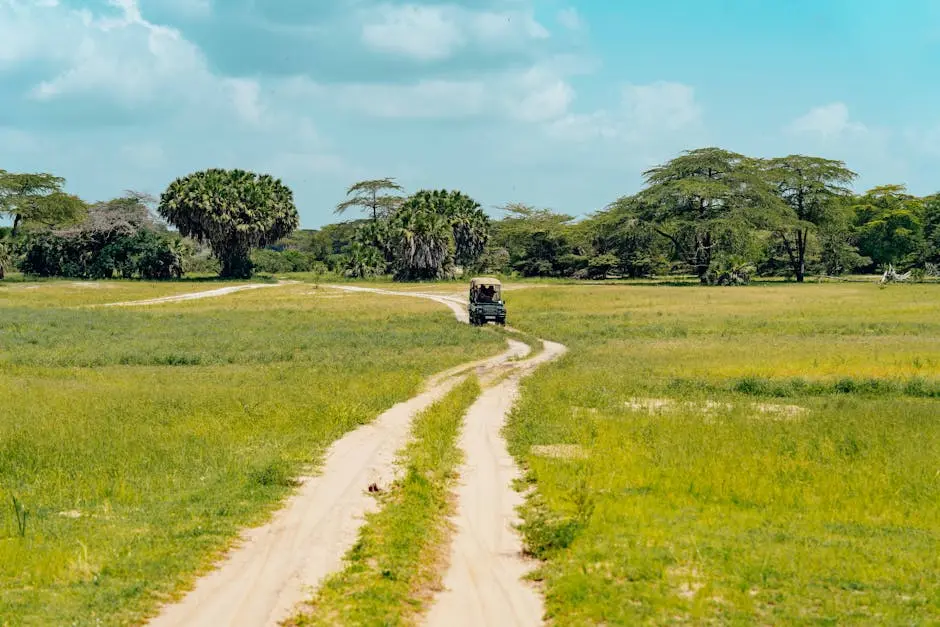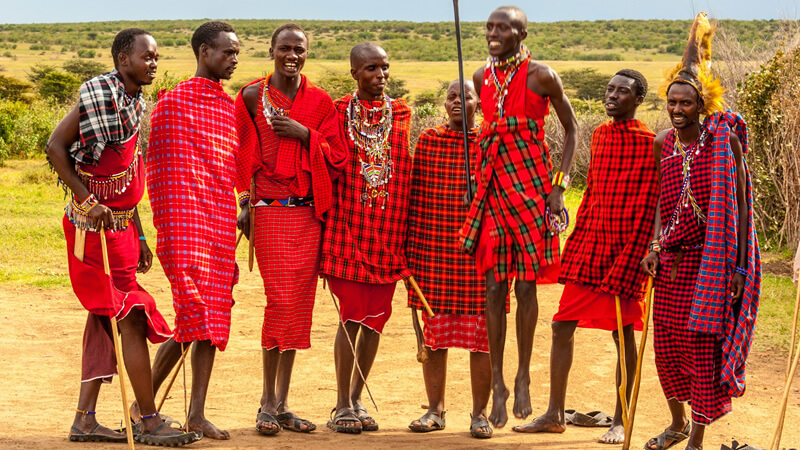Choosing the right safari vehicle is crucial for an unforgettable wildlife adventure. With numerous options available, understanding the essential features can help you make the best choice for comfort and safety during your journey. This guide outlines the key characteristics to consider when selecting a safari vehicle.
1. Robust Off-Road Capability
A safari vehicle must have the ability to handle rough terrains and unpredictable landscapes. Off-road capabilities ensure that you’ll reach the best wildlife viewing spots without any hassle. Those exciting moments in the wild often occur in remote areas, where unpaved trails and rugged paths are the norm. Therefore, vehicles equipped with features like four-wheel drive, high ground clearance, and sturdy tires can make all the difference. These features not only enhance performance but also add to safety, allowing you to traverse rocky inclines and slippery surfaces with less risk of getting stuck or flipping over.
Additionally, a robust safari vehicle can adapt to changing weather conditions, ensuring a smooth ride even in the rain or after storms. This flexibility is vital for itinerary adjustments made on the fly while you seek out elusive animals. Drivers and passengers alike can enjoy a stress-free experience knowing the vehicle can conquer challenging routes. Investing in a vehicle that prioritizes off-road capability is a smart choice for any adventure seeker.
2. Comfortable Seating Arrangements
Long hours spent in a safari vehicle can be taxing, so comfortable seating is essential. Look for vehicles with adjustable seats and ample legroom to maximize your comfort during the journey. Imagine being 10 hours into a day of tracking elephants or lions, with each mile feeling like a marathon. Uncomfortable seats can turn this experience sour quickly, resulting in tired backs and restless legs. Therefore, prioritize vehicles that feature ergonomically designed seats with plenty of cushioning.
Moreover, consider the configuration of seating arrangements. Some vehicles allow for a more open layout, providing freedom of movement and improved communication among travelers. Being able to turn and engage with fellow adventurers can enhance the bonding experience on the journey. Additionally, amenities like armrests and rear air vents can significantly elevate the level of comfort for everyone.
3. Large Windows for Optimal Wildlife Viewing
Having large, expansive windows is crucial for spotting animals in their natural habitat. A vehicle designed with viewing in mind will enhance your safari experience, allowing for great photo opportunities and a better connection with nature. Think about being on a game drive, when a magnificent leopard saunters past. You want to ensure the view isn’t blocked by tiny, narrow windows. Vehicles with large windows enable each traveler to catch a glimpse of these magical moments as they unfold.
In addition, consider the height of the windows. Taller windows not only provide an unobstructed view but can also shield you from the sun’s glare while providing a sense of openness. This feature becomes especially important during golden hours at dawn or dusk when wildlife is at its most active. By selecting a safari vehicle with well-positioned and spacious windows, you’ll enhance both your viewing experience and those once-in-a-lifetime photographic opportunities.
4. Durable and Easy-to-Clean Interiors
Safaris can often get messy. Look for vehicles with interiors that are not just durable, but also easy to clean. This feature ensures that your safari vehicle stays comfortable and welcoming throughout your expedition. Imagine the dust and grime that accompanies traversing through wildlife reserves; you wouldn’t want to be stuck in a vehicle clinging to yesterday’s muck. That’s why materials like leather or heavy-duty fabrics are ideal – they resist stains and can be wiped down easily.
Furthermore, consider storage compartments for items like cameras, snacks, and personal belongings. Integrated storage solutions reduce clutter, keeping the interior organized. When every inch counts, being able to stash gear away in cabinets or under seats can lead to a more enjoyable ride. Overall, durability and ease of maintenance should top your checklist when evaluating safari vehicle interiors.
5. Safety Features and Equipment
Safety should be your top priority. Check for essential safety features such as seatbelts, roll cages, and first aid kits, as well as equipment like fire extinguishers, to ensure a secure adventure. The wildlife can be unpredictable, and ensuring that you’re well-equipped can save lives. Seatbelts should be robust and easily accessible for all passengers, especially in a vehicle that may navigate bumpy, uneven terrain.
Additionally, consider the presence of experienced guides who are trained in wildlife safety and emergency protocols. A knowledgeable guide can instantly enhance your safety, making informed decisions to avoid potential hazards. Together, these elements contribute to an overall safer and more enjoyable experience during your safari, allowing you to focus on the beauty of the wilderness around you.
6. Storage Space for Gear and Supplies
A great safari vehicle should have adequate storage space for your gear and supplies. This will enable you to pack essentials like binoculars, cameras, snacks, and water comfortably, ensuring you are well-prepared for your safari. Proper organization is key to an enjoyable experience; when space is limited, the last thing you want is to rummage through bags while opportunities are passing by. Therefore, spacious glove compartments, overhead bins, and strategically located cargo areas are essential.
Moreover, keep in mind the need for communal storage—especially if traveling with a larger group. Dedicated areas for shared items like picnic gear can streamline your outings. An organized vehicle allows for smoother transitions between stops and maximizes your time spent viewing wildlife. When planning for a safari adventure, choosing a vehicle with ample storage will undoubtedly contribute to a hassle-free trip.
7. Accessibility for All Travelers
Finally, ensure that your chosen safari vehicle is accessible for all travelers, including those with mobility challenges. Features such as easy entry and exit points can make a significant difference in the overall safari experience. This consideration is crucial for inclusivity; everyone deserves to experience the wonders of a safari without the added challenge of strenuous climbing or squeezing into tight spaces.
A vehicle with a low floor and wide door openings can accommodate those who may use wheelchairs or other mobility devices, allowing for a comfortable experience for everyone. Moreover, having platforms or steps designed for versatility ensures that all adventurers can enjoy the spectacular wilderness without barriers. When planning your safari, prioritize vehicles that emphasize accessibility for a more enriching group experience.




